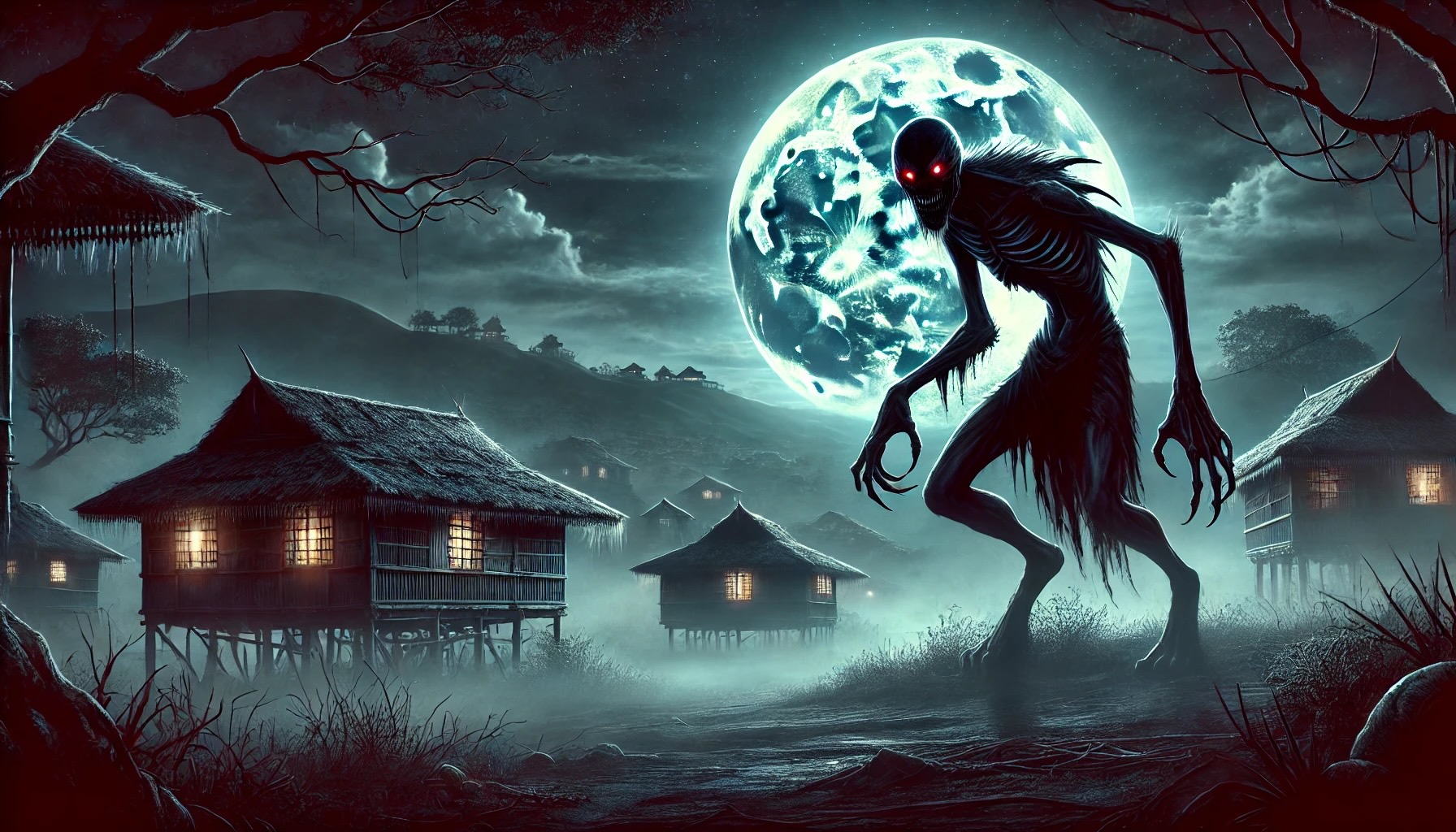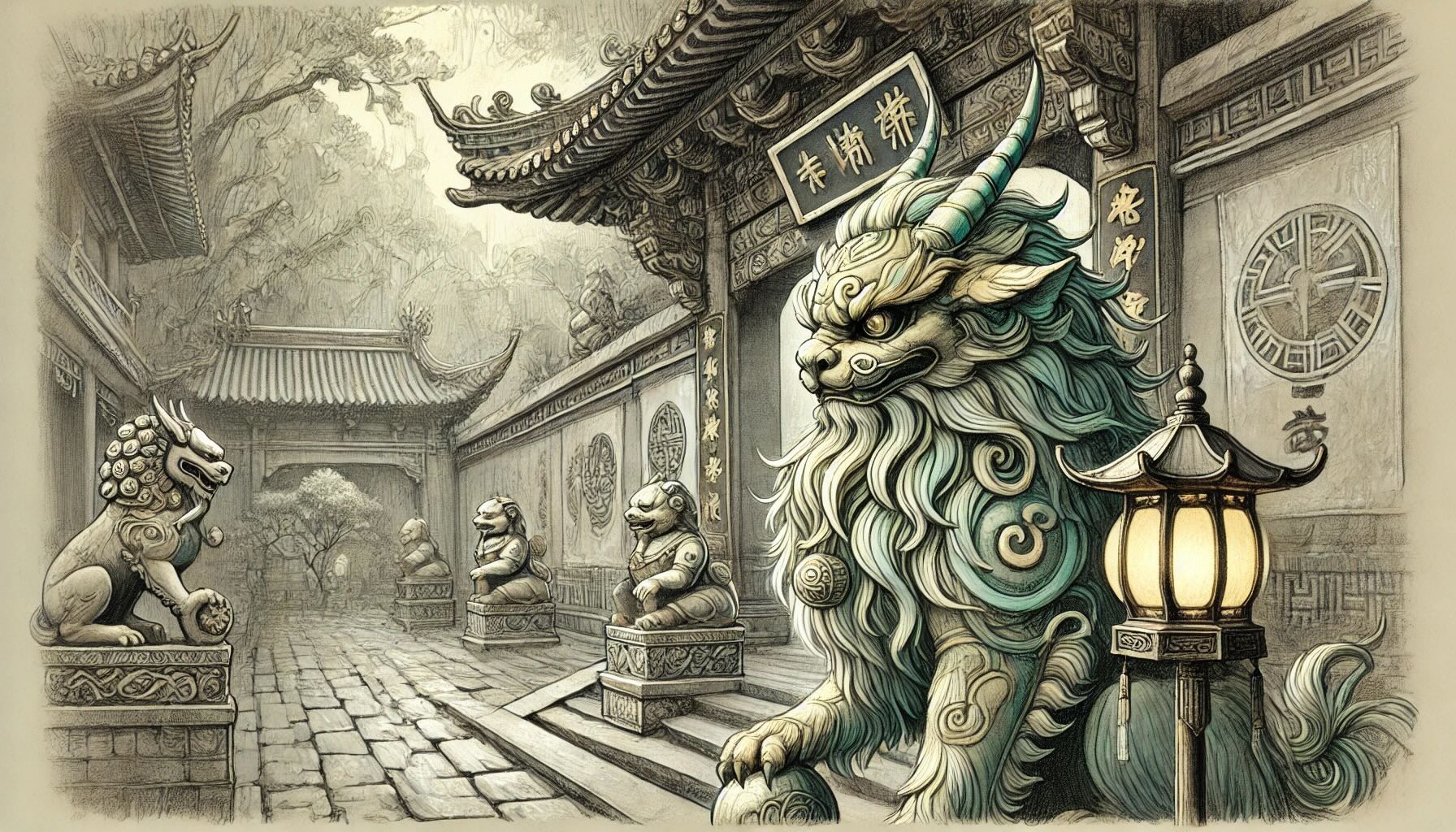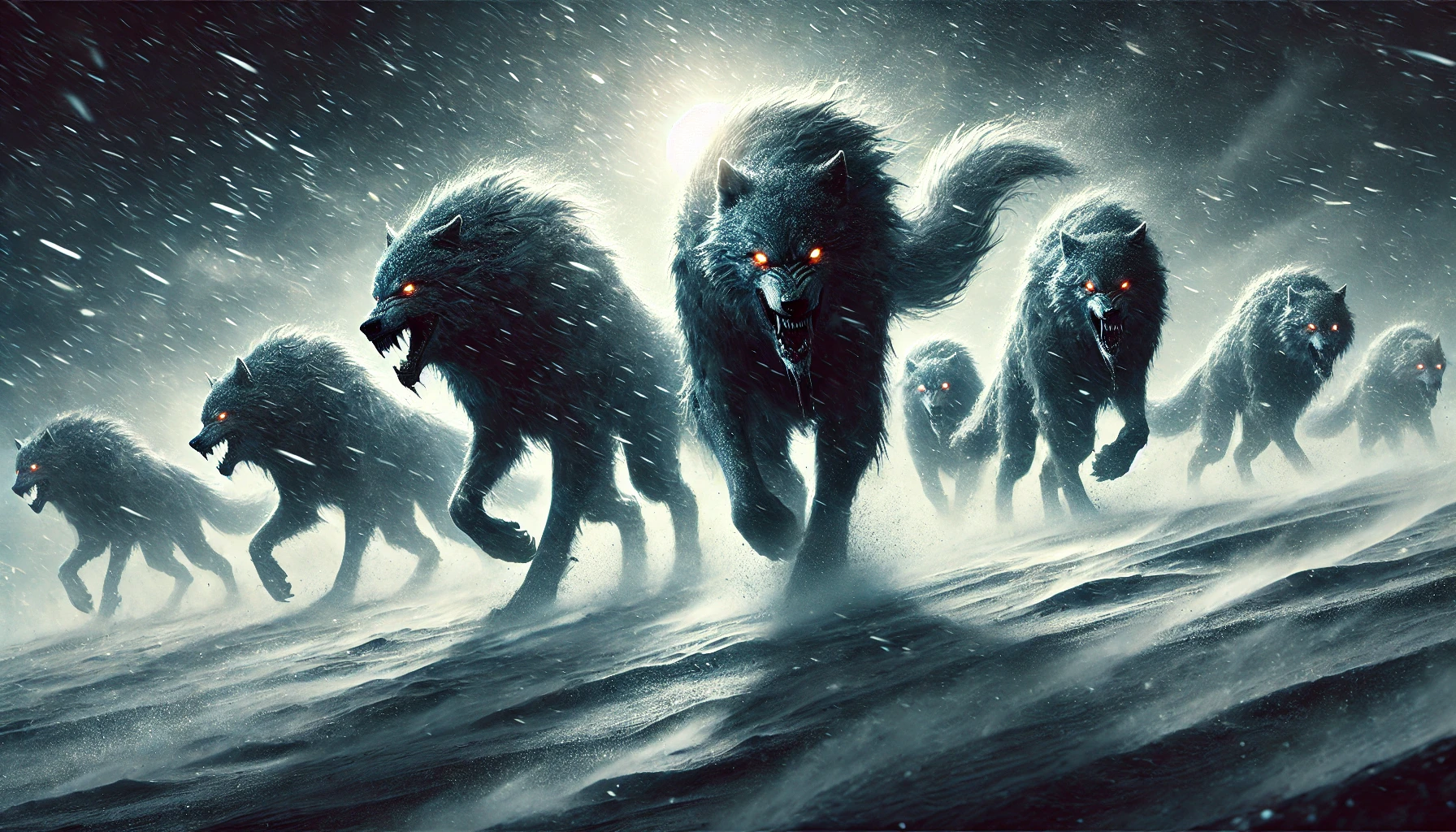Unveiling the Mysteries of the Philippines
The Philippines, with its dense forests, winding rivers, and open seas, is said to harbor ancient beings tied to the land. From shadowy figures in the wilderness to guardians of sacred sites, these entities are believed to watch over their domains. Travelers venturing into these untamed regions may feel unseen eyes upon them. Respect the land, and you may pass safely. Here are some of the most iconic and fearsome beings said to inhabit the Philippines.
Aswang: The Night Stalker
Under the cover of darkness, the Aswang prowls, its movements eerily silent as it hunts for prey. Often described as shape-shifters, these beings may appear as humans by day but transform into monstrous forms at night, with bat-like wings and sharp talons. Their hunger is insatiable, targeting livestock, the sick, and even unborn children. Villagers warn of the faint rustle of wings and the sound of a ticking noise that grows louder as the Aswang draws near. Keep salt or garlic close—both are said to ward off this relentless predator of the night.
Tikbalang: The Forest Trickster
Lurking in dense forests and misty trails, the Tikbalang stands tall, its humanoid frame crowned with a horse’s head and long, sinewy limbs. Known for its mischievous nature, it delights in leading travelers astray, causing them to wander in circles. Some tales claim that calming this creature requires reversing worn clothes or seeking its permission aloud. Those who manage to tame the Tikbalang, often by plucking a sacred hair from its mane, are said to gain its loyalty. If the forest feels eerily quiet, tread carefully—its glowing eyes might be watching.
Manananggal: The Winged Night Stalker
As night blankets the countryside, tales warn of the Manananggal, a fearsome creature that detaches its torso and sprouts leathery wings to hunt. It preys on sleeping villagers, its elongated tongue slithering through gaps to feast on unborn children or the unsuspecting. By day, the Manananggal appears human, blending seamlessly with its neighbors. Locals protect their homes with garlic, salt, and sharp objects left on rooftops to deter its approach. If you see a motionless lower body in the shadows, take heed—its sinister upper half is never far.
Kapre: The Watcher in the Trees
In the quiet of moonlit forests, the Kapre looms, perched in ancient trees with glowing embers for eyes and a pipe that smolders in the dark. Towering and imposing, this giant is said to guard its chosen territory, warding off those who disrespect the land. Despite its fearsome size, the Kapre is not inherently malevolent, often playing mischievous tricks on intruders rather than causing harm. Travelers speak of losing their way, endlessly circling the same grove, a sign of the Kapre’s playful interference. To gain its favor, respect the forest and its unseen watchers.
Diwata: Guardians of Nature
Among the lush forests and hidden springs, the Diwata are said to dwell, their radiant presence tied to the life of the land. These ethereal beings, often described as beautiful and benevolent, protect their domains with an unwavering watchfulness. Though they bless those who show reverence to nature, the Diwata are swift to punish acts of disrespect, from felling sacred trees to polluting streams. Locals leave offerings of flowers and food at their favored spots, hoping to earn their goodwill. When the breeze stirs without warning, some say it carries whispers of their unseen vigilance.
Tiyanak: The Crying Deceiver
In the stillness of the forest, a baby’s cry echoes, drawing unwary travelers into the shadows. This is no ordinary child but the Tiyanak, a malevolent creature that assumes the form of an abandoned infant. Those who draw near to help are met with a terrifying transformation—a small, fanged being with a chilling laugh that attacks its victims. Tales say these creatures are the restless spirits of unbaptized infants, lingering in limbo. If you hear a faint wail in the wilderness, resist the urge to investigate, for kindness here may cost dearly.
Batibat: The Nightmare Dweller
Hidden in the crevices of ancient trees, the Batibat emerges when its resting place is disturbed. This vengeful spirit, resembling a large, heavy figure with hollow eyes, is said to haunt those who bring its wooden home indoors. At night, it perches upon its victim’s chest, causing a suffocating paralysis known as bangungot or sleep death. Locals warn against sleeping under the shade of certain trees or using old wood in construction. If the air feels unusually heavy and sleep comes too quickly, it may already be too late to escape the Batibat’s grasp.
Bakunawa: The Moon-Eating Serpent
In the still waters of Philippine seas, the Bakunawa stirs—a colossal serpent with a body as dark as the depths and eyes that gleam with an eerie light. Legends say it rises during lunar eclipses, attempting to swallow the moon whole, its roar echoing across the land. Its immense coils create waves that crash onto the shore, and its gaping maw seems capable of consuming the night itself. Elders warn travelers to stay vigilant near the sea during an eclipse, listening for roars and watching for ripples—signs the Bakunawa may rise once more.
Sigbin: The Shadow-Hunter
Lurking in the dim corners of Philippine forests, the Sigbin prowls, a creature said to walk backward with its head low to the ground. Resembling a strange mix of a kangaroo and a dog, it strikes fear with its leathery skin and glowing red eyes. Known for draining its victims’ life force, the Sigbin is said to become active during Holy Week, stalking the unwary under the cover of night. Locals speak of faint rustling and eerie silence as its telltale signs. Travelers are advised to avoid remote paths when the moon is new, as its appetite for shadows knows no bounds.
Engkanto: The Elusive Forest Spirits
Beneath the canopies of ancient trees, the Engkanto dwell—ethereal beings with a beauty that captivates and an aura that warns. Known for their fair skin and striking features, these spirits can bless or curse those who cross their path. Travelers recount tales of sudden chills, melodious whispers, or a lingering floral scent as signs of their presence. Engkanto are said to guard sacred groves, often angered by those who disrespect the land. If you feel an unnatural stillness in the forest, tread carefully—such places belong to them, not us.



